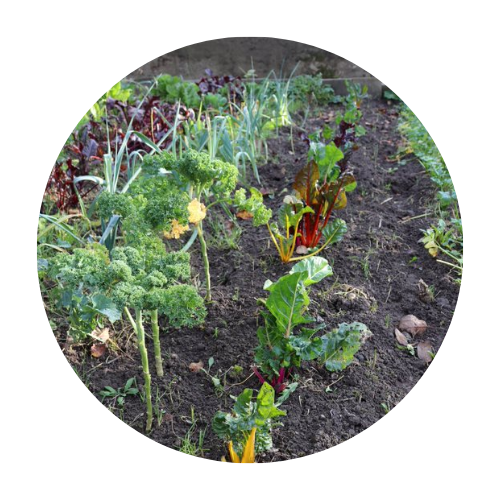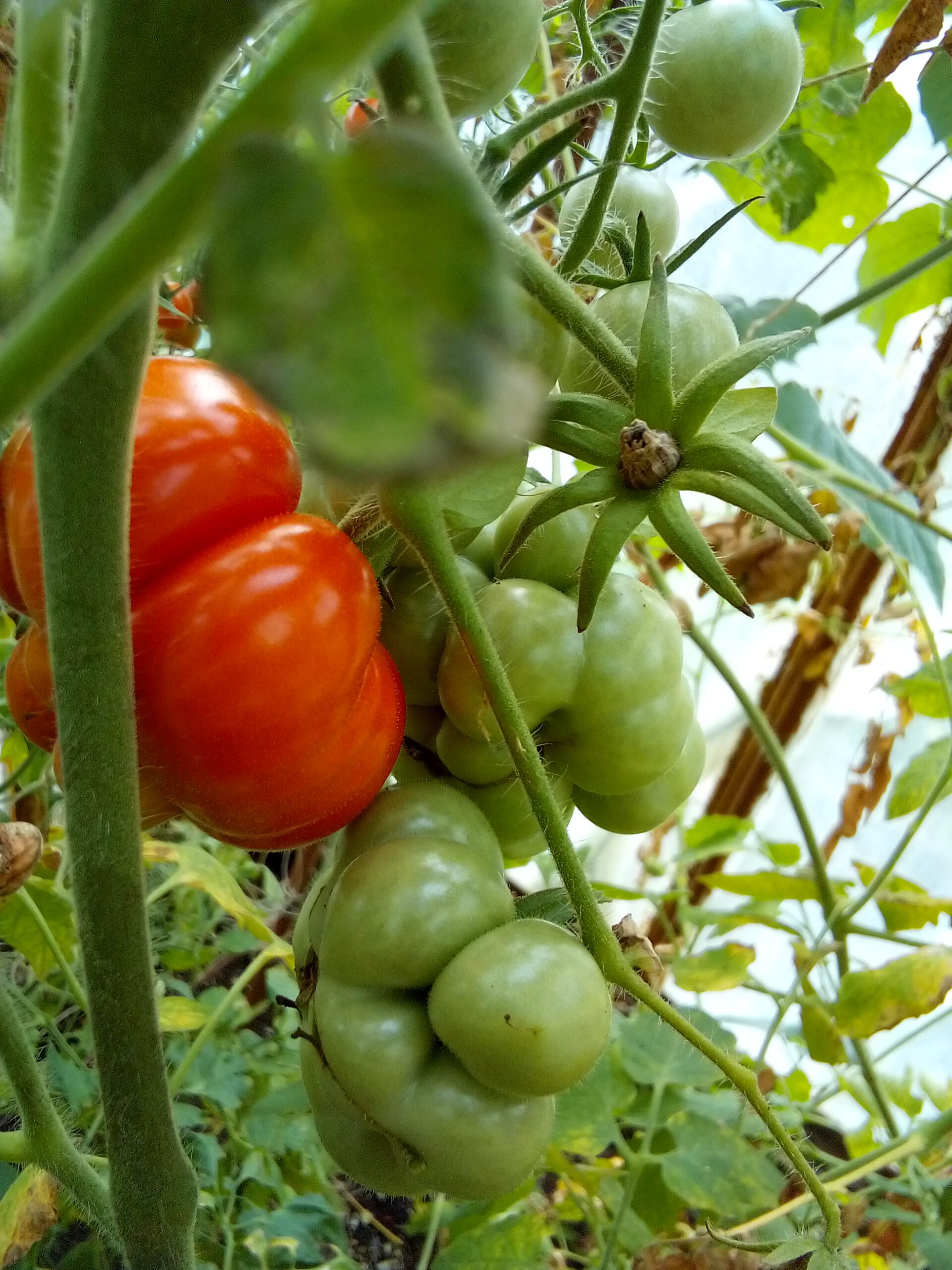Starting your own garden may feel overwhelming at first. But the truth is: you don’t need acres of land or years of experience to learn how to start a vegetable garden. You only need curiosity, sunlight, and a handful of seeds.
Frida, my grandmother, used to say:
“The garden doesn’t ask you to be perfect. It asks you to show up.”
That wisdom carried me through my first season, when I decided to learn how to start a vegetable garden.
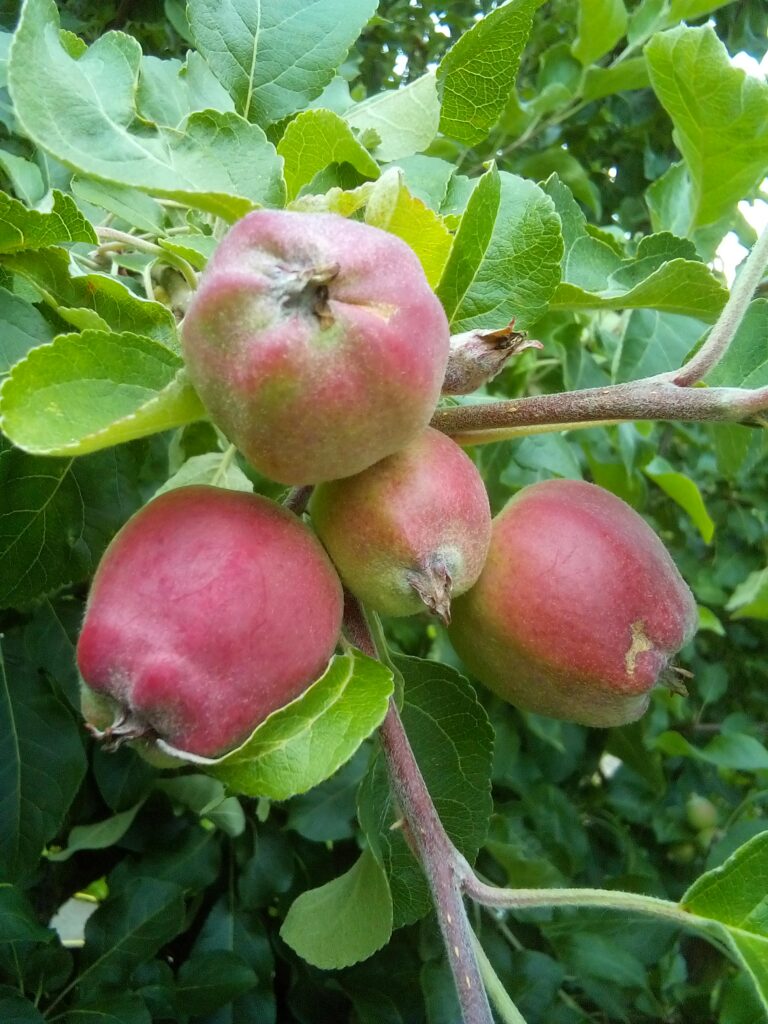
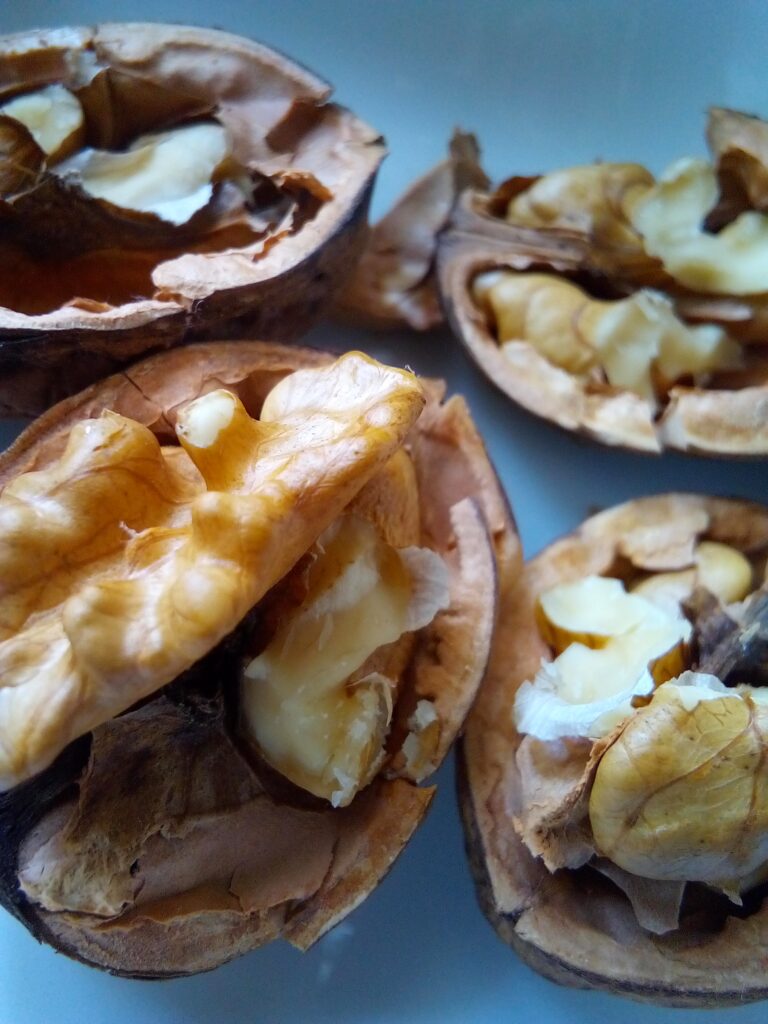
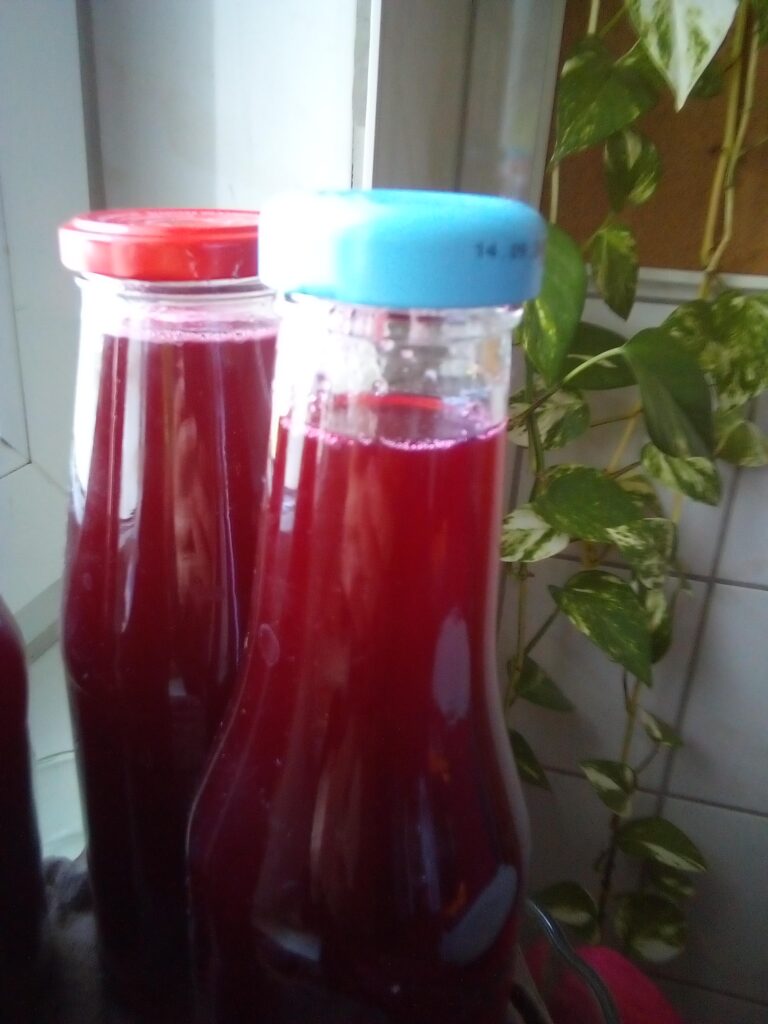
Why Start a Vegetable Garden?
Growing your own food means more than saving money or eating fresh. It’s about slowing down, reconnecting with nature, and nourishing yourself from the inside out. From kale and lettuce to fragrant herbs, every leaf you grow tastes of pride and joy. And the journey itself matters just as much as the harvest.
One of the best beginner gardening tips I ever learned was to celebrate small steps—watering seedlings, noticing the first sprout, or tasting a single homegrown tomato. Each moment roots you deeper in the rhythm of the seasons and reminds you that growth takes time.
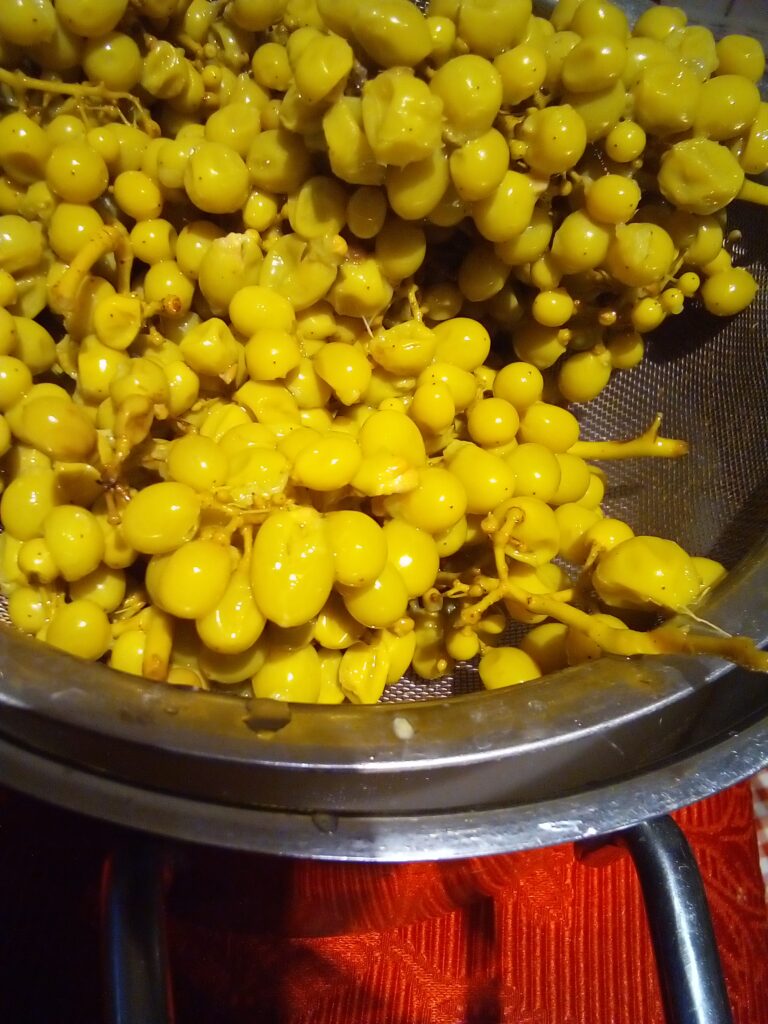
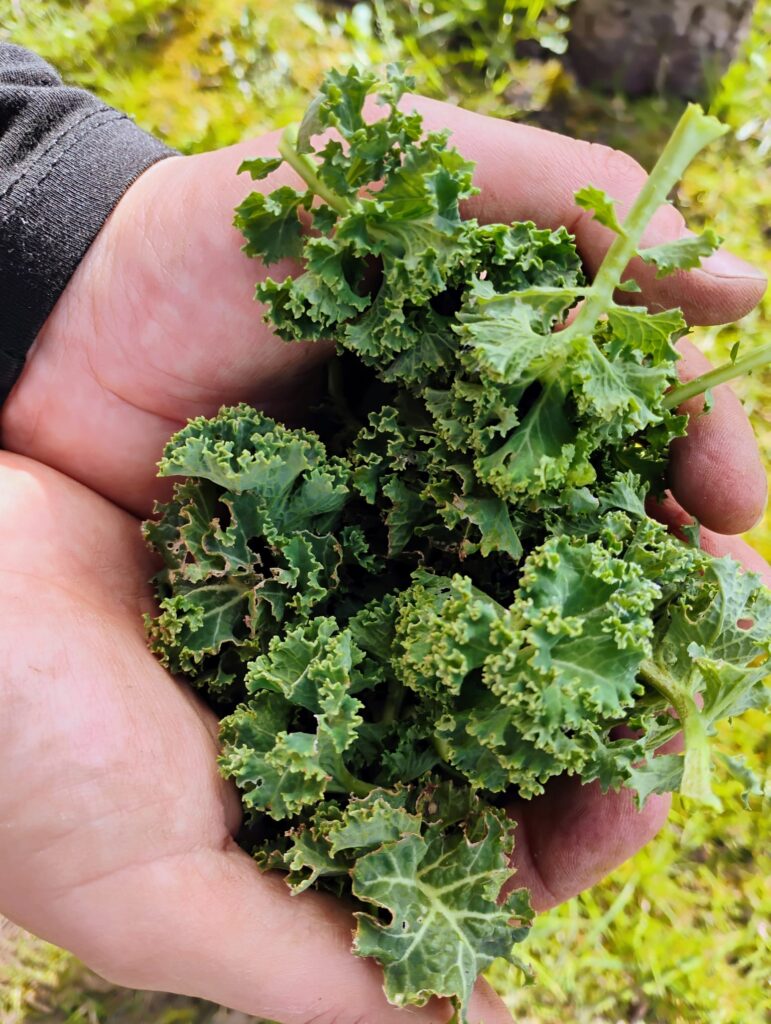
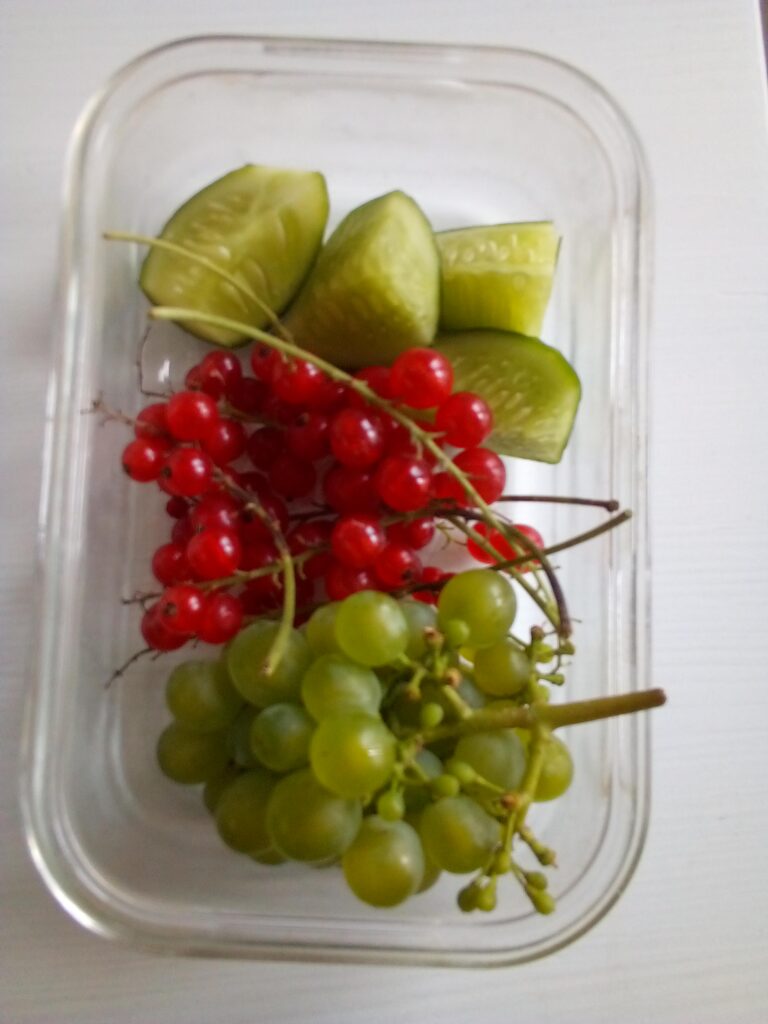
Step 1 – Choose Easy Vegetables
If you’re wondering how to start a vegetable garden at home, begin with vegetables that forgive mistakes and grow quickly:
These plants build confidence and give you an early harvest.
Step 2 – Add Easy Herbs for Beginners
No garden is complete without herbs. They’re simple, versatile, and perfect for small spaces. Some of the most easy herbs to grow for beginners include:
- Basil – thrives in sun, perfect for summer salads
- Mint – grows fast and strong, great for teas (best in a pot so it doesn’t spread)
- Parsley – patient and hardy
- Chives – perennial and low-maintenance
Even a windowsill can hold a small herb garden.
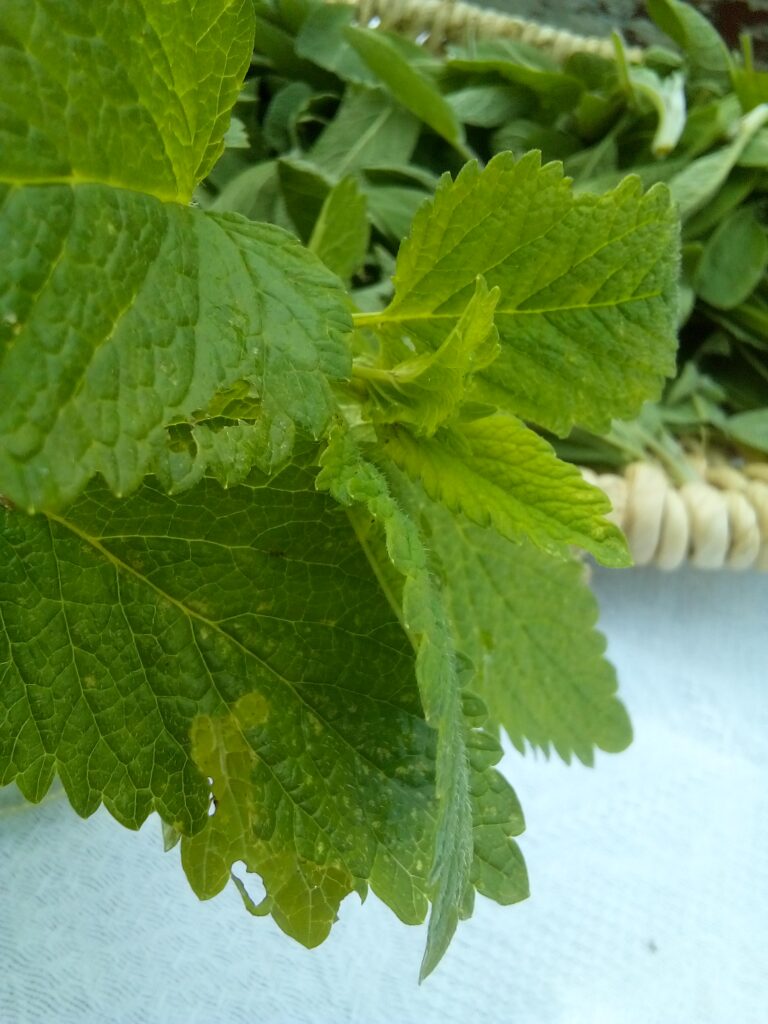
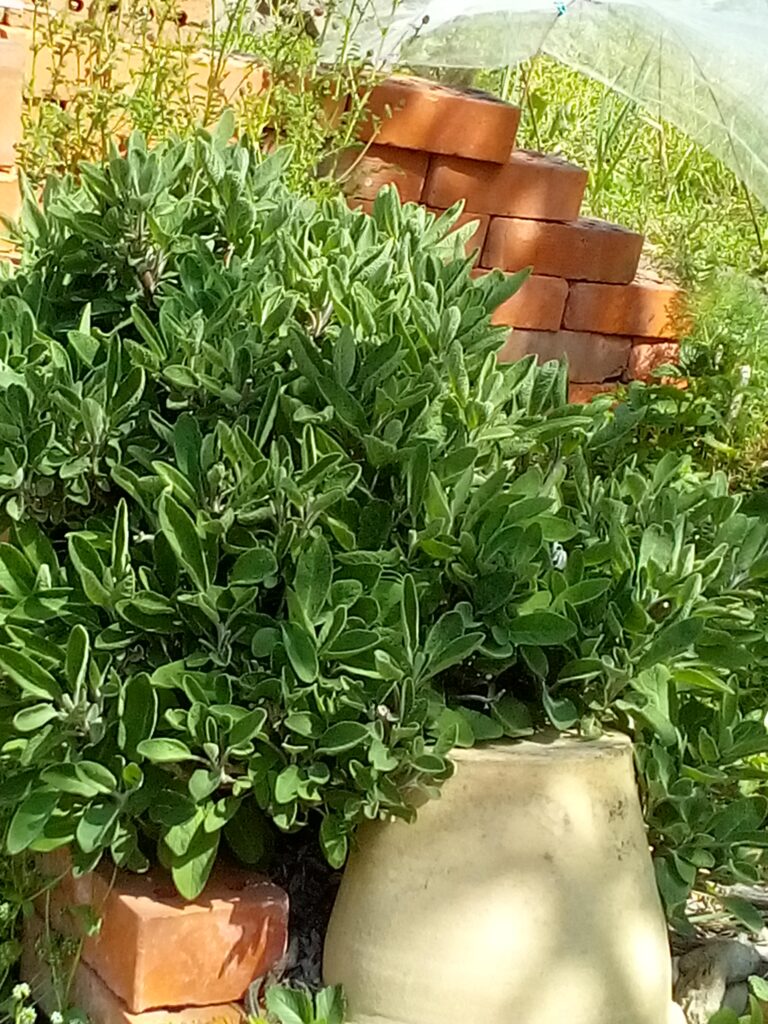
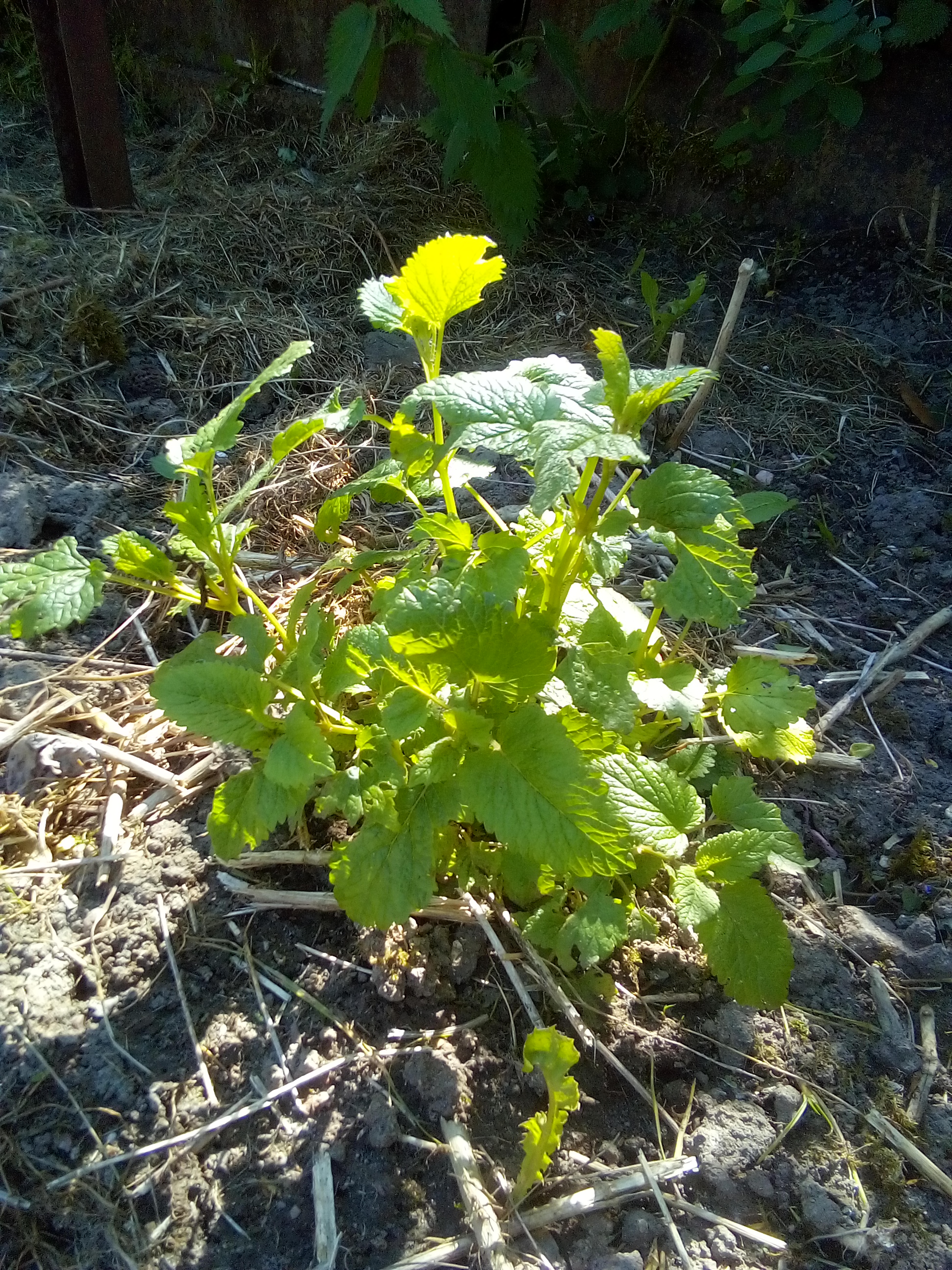
Step 3 – Create Your Garden Space
You don’t need a big backyard. A vegetable garden can grow in:
- Balcony pots
- A raised bed
- Recycled containers by the window
What matters most: sunlight, healthy soil, and water.
Step 4 – Follow the Rhythm, Not the Rush
Use a sowing calendar to keep track of what to plant when, but don’t worry about perfection. Gardening is about rhythm—watching seedlings sprout, noticing the moon phases, and learning to trust nature’s timing.


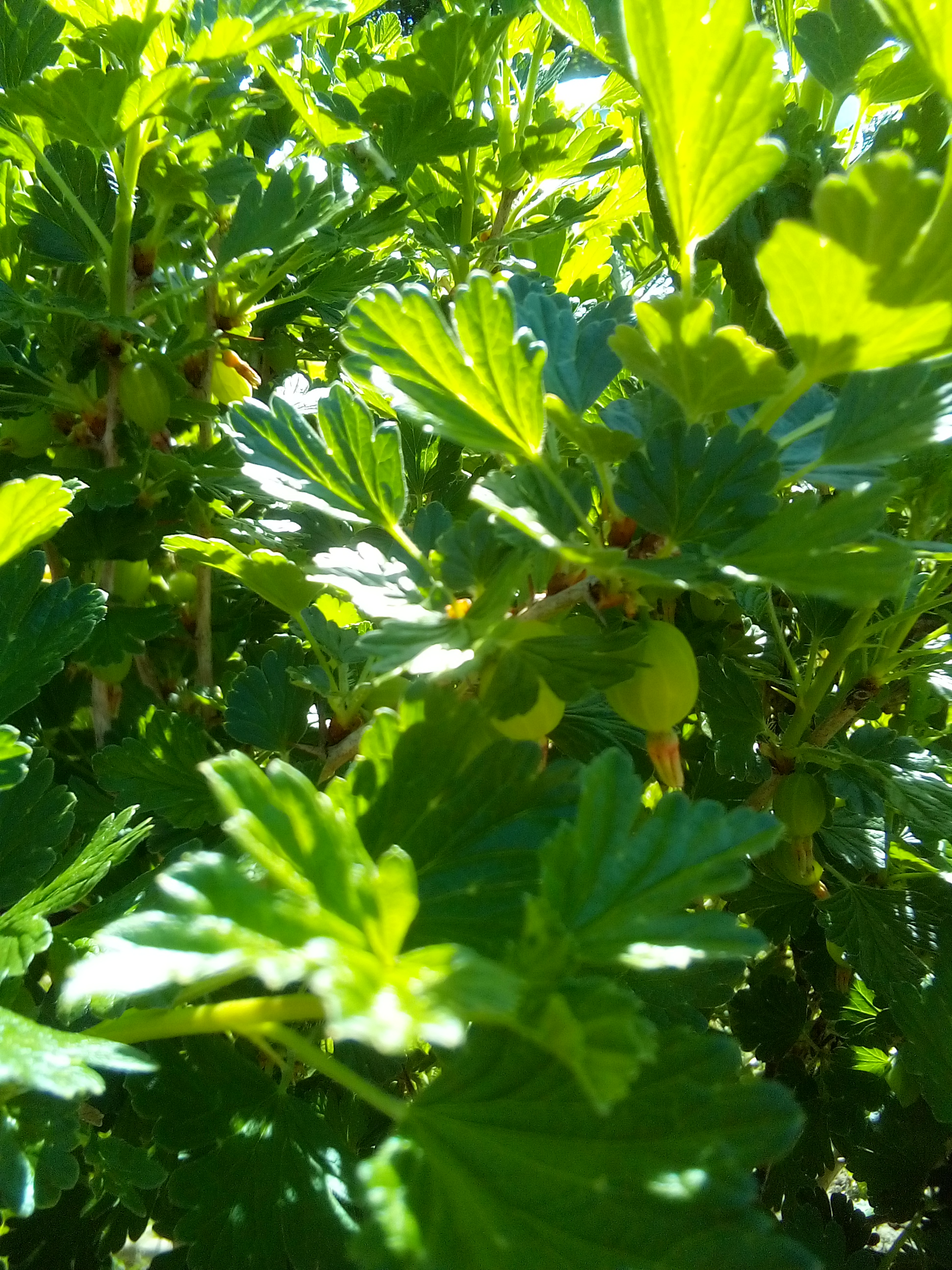
Step 5 – Harvest and Enjoy
The first lettuce I harvested tasted different. Earthier. Sweeter. It wasn’t just food; it was healing. That moment also opened my eyes to the simple joy of self-sufficiency. Even a small harvest carries a hint of the homestead life—where every basket of greens, every handful of herbs can be shared, preserved, or transformed into something nourishing. If you’re curious about preserving your harvest, take a look at my guide on the best food dehydrator under $300.
Frida would have smiled and said:
“You don’t plant seeds just to eat. You plant them to remember who you are.”
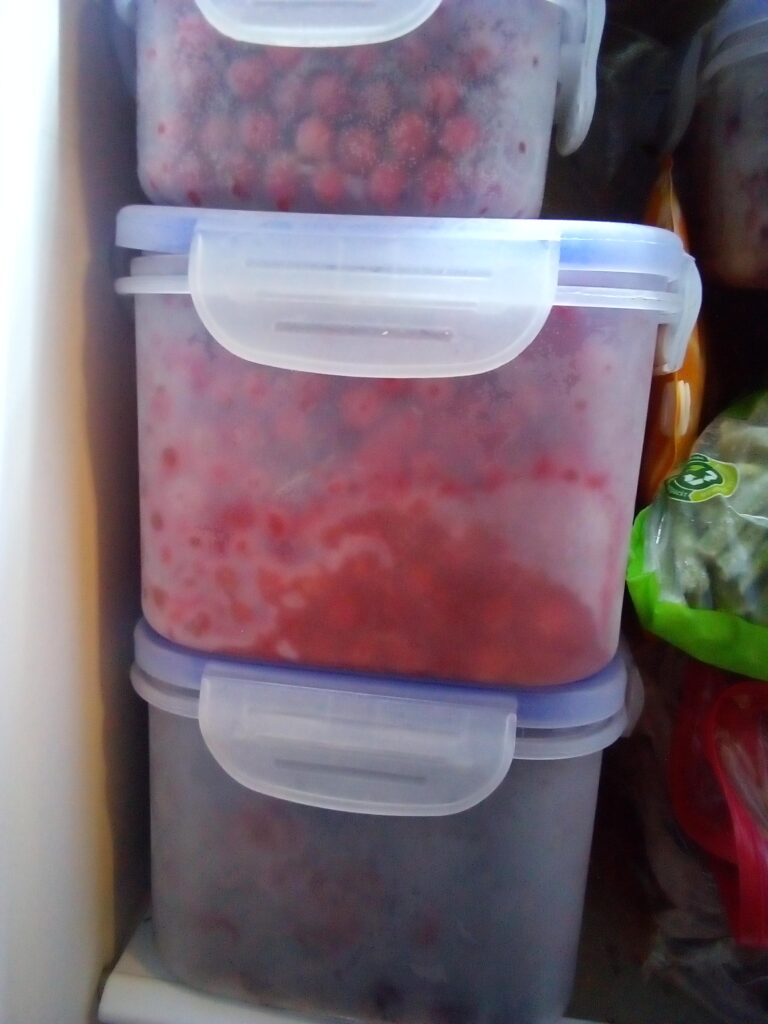
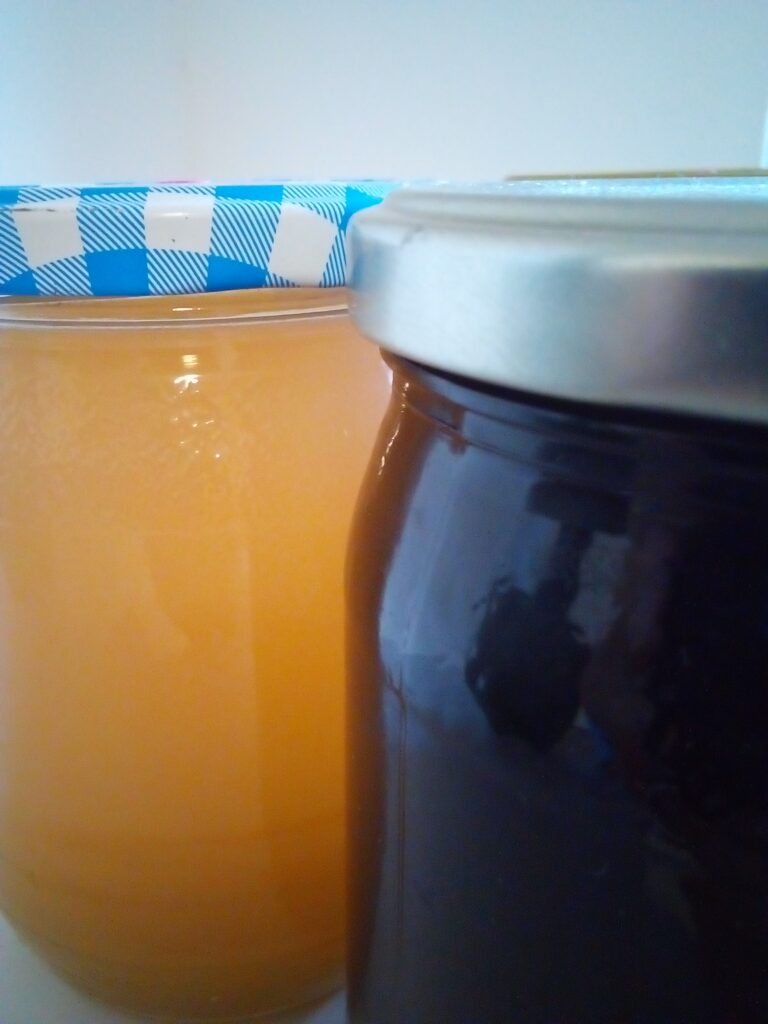

Final Thoughts
If you’ve been searching for how to start a vegetable garden or the easy herbs to grow for beginners, remember: the best garden is the one you begin today.
Ready to take the first step? Grab your copy of my Gardening Beginner Guide on Etsy and start your journey toward fresh herbs and vegetables this season.
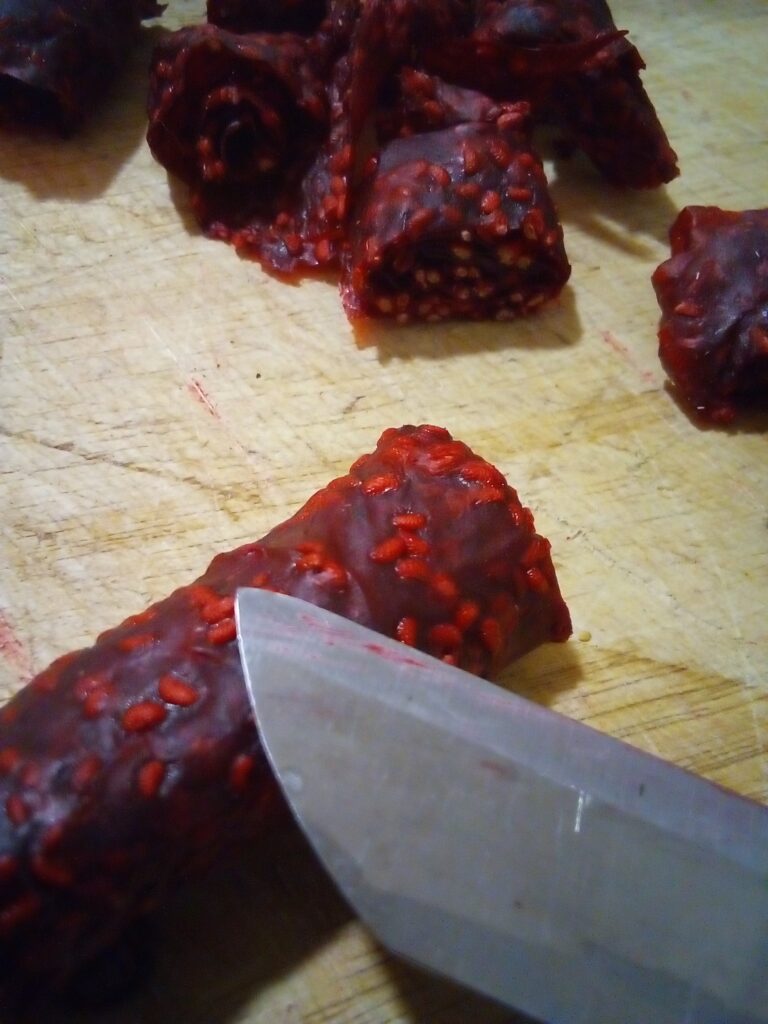
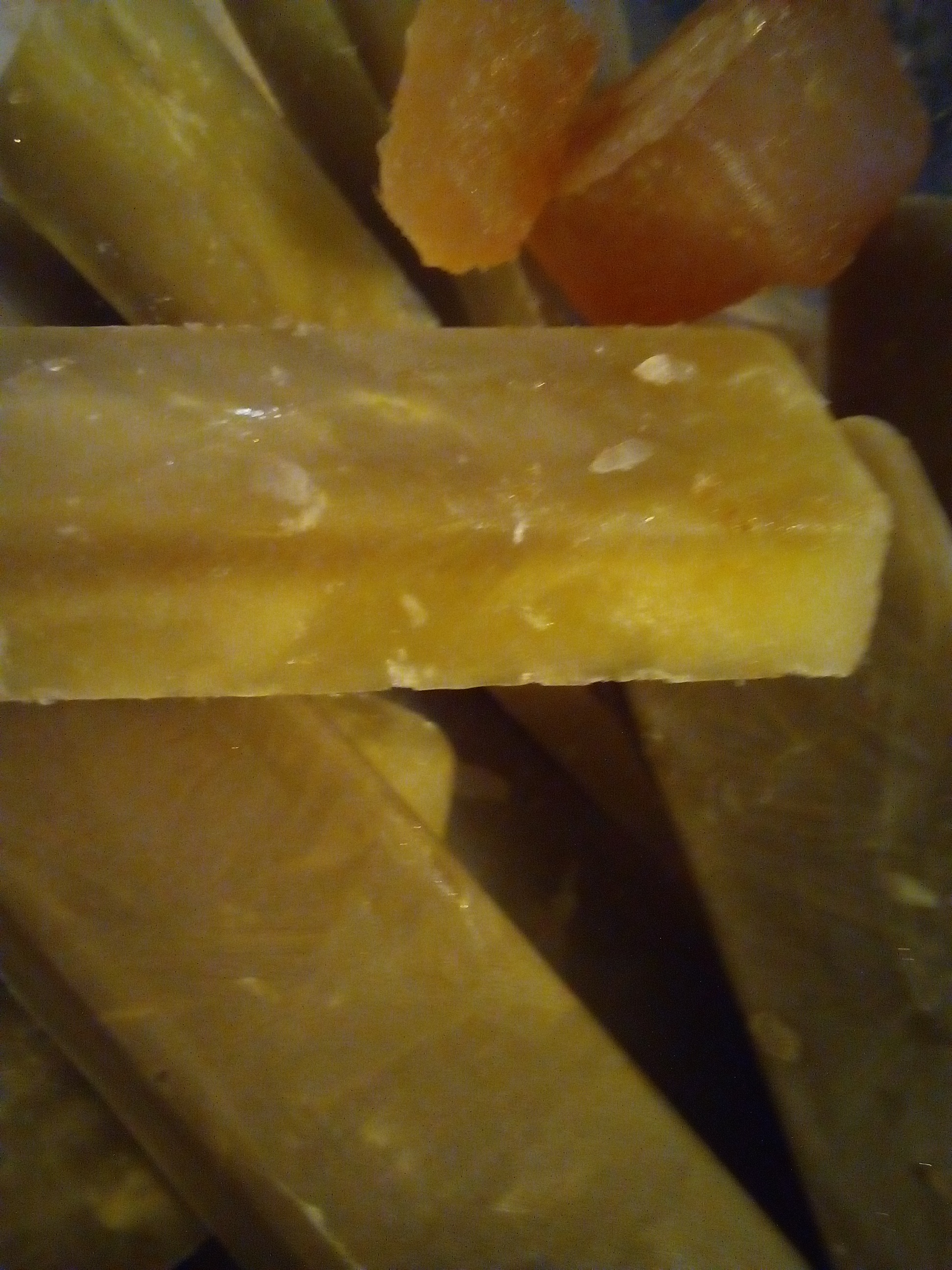
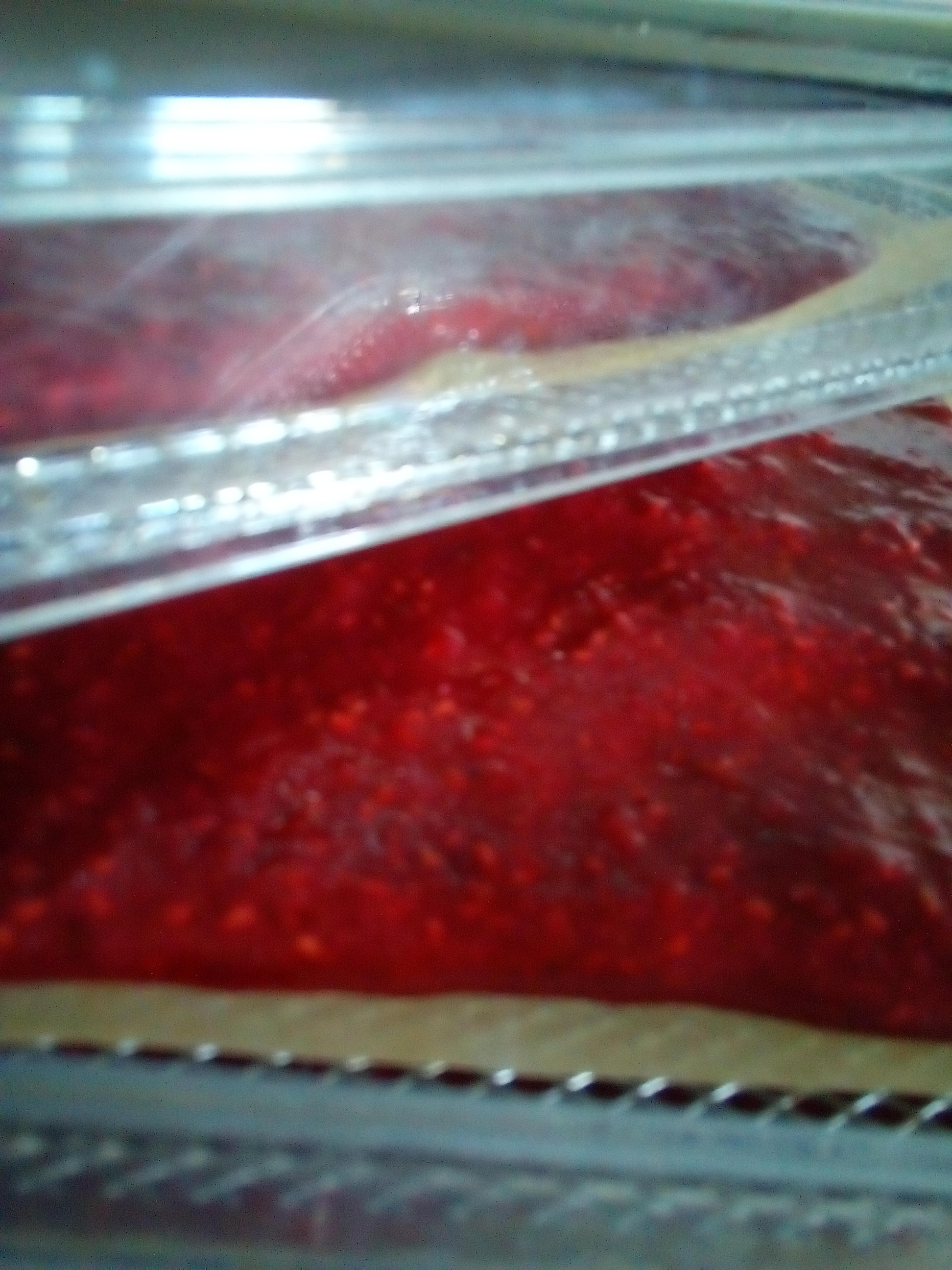
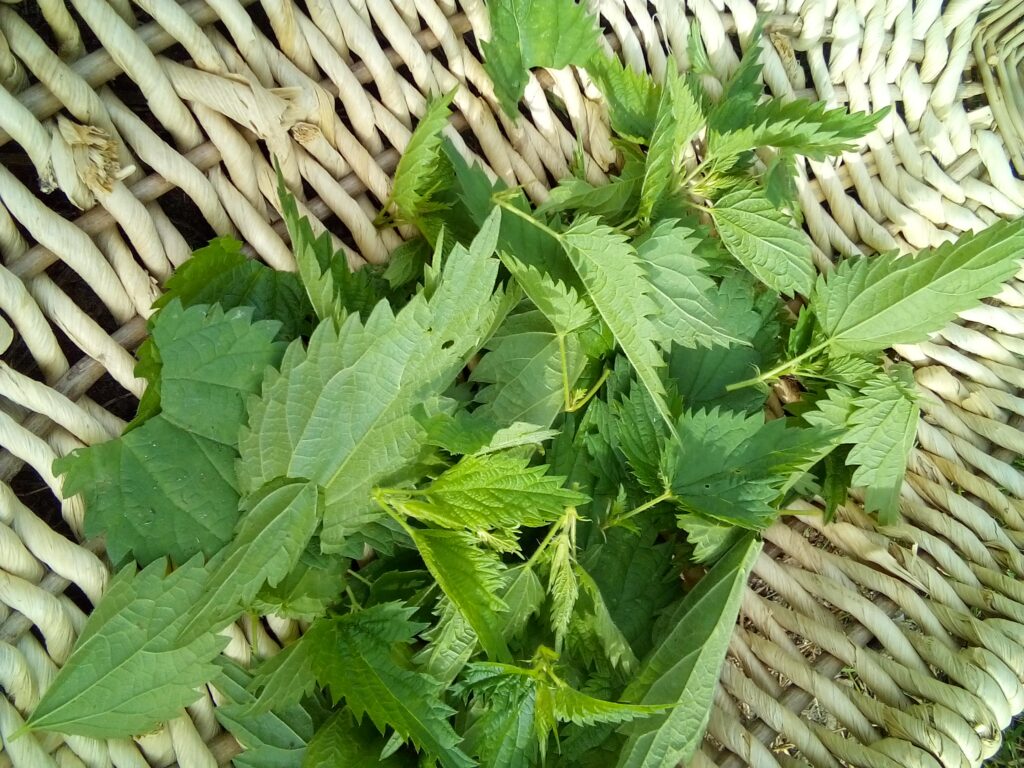
How do I start a vegetable garden at home?
Begin with a sunny spot, prepare soil or containers, and plant easy crops like lettuce, radishes, or kale. Water regularly and harvest often.
What are the easiest herbs to grow for beginners?
Basil, mint, parsley, and chives are resilient, fast-growing herbs that thrive in pots, raised beds, or backyard gardens.
Can I start a vegetable garden with no experience?
Yes. Start small with forgiving plants, use simple tools, and follow a basic sowing calendar. Even beginners can grow food successfully.
How much space do I need to grow vegetables and herbs?
Not much. A few pots on a balcony or a small raised bed in the backyard are enough to grow fresh herbs and vegetables.
